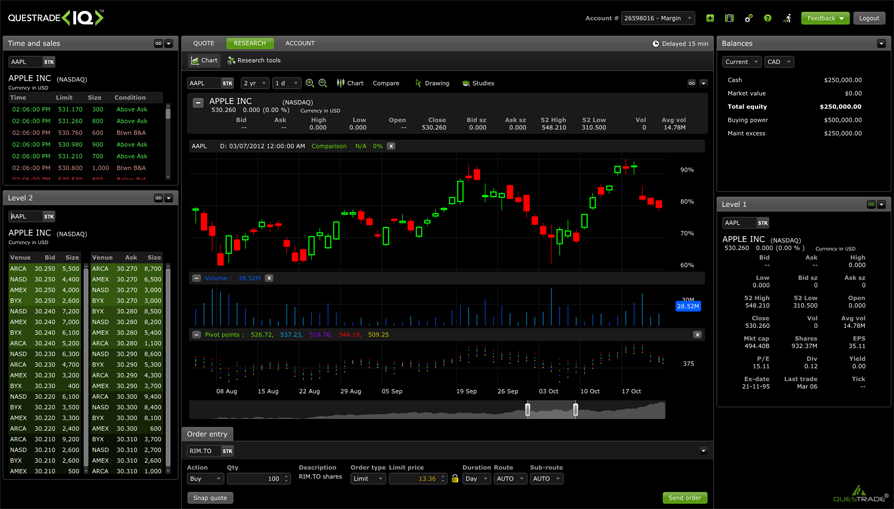XM, also called Trading Point, is an international broker for online forex and commodity trading. It provides traders with an extensive selection of features for trading forex, precious metals, stock indices, and energies, in a bid to ensure trading flexibility.
In this review, we will assess XM as a forex broker in terms of trading systems, accounts and pricing, spreads and commission, underlying assets, reliability and efficiency, and customer support.
Trading Systems
The clients of XM can access as many as 8 advanced trading platforms directly from one account, allowing clients to speed up trading operations and have more flexibility in trading, anywhere and anytime.
The two primary types of trading platforms are Web Trader and Meta Trader 4. Web Trader is a perfect choice for those who have a limited hard disk space or who want to access their account through a smartphone. It gives clients access to real-time market information through the website, without the hassle of downloading and installing any software.
Meta Trader 4, on the other hand, combines both manual and automatic trading options, making it one of the most popular systems today. On top of the clear prices and movements, this user-friendly platform enables traders to increases their performance.
Accounts and Pricing
With this platform, you can have multiple trading accounts with flexible conditions. You can have unlimited and free demo accounts. You can access 8 trading platforms from one account.
With this broker, you can already start trading with just $5 on multiple trading accounts. You will also be offered with fractional pip pricing so that you can trade with tighter spread and benefit from the most accurate quoting possible. The broker also offers a huge 888:1 leverage, which is one of the highest in the forex industry.
Moreover, you will have access to its Bonus Program and regular promotions. Today, the primary incentive for the customers is the 50 percent deposit bonus up to $500 and 20 percent up to $5,000.
One disadvantage of this platform is the lack of difference in terms of benefits between the different types of trading account. Also, not having any funding option for Paypal would also be an issue for some traders.
Spreads and Commission
This broker does not charge any commission. Instead, the company’s profit is dependent of the spreads of the trades themselves. Aside from imposing no hidden charges, all the gains and losses are quite real.
Underlying Assets
This platform enables numerous trading instruments, including currencies, gold and silver, oil, CFDs, commodities, indices, and stocks. However, it does not support any EFT trading.
Reliability and Efficiency
For traders who wish to execute real-time trades, XM is deemed as one of the most reliable platforms in the market. Aside from strictly imposing a no re-quotes policy, all figures stand upon the execution of a position. Indeed, 99.35% of all their trades are completed in less than a second.
There are few lag times between the observed prices and their actual market equivalents. However, if you computer has a good processing power and is connected to a strong internet connection, this issue will be of lesser deal.
Customer Support
XM offers outstanding client engagement and support, providing live chat, email and telephone options for all customers at all account levels. One interesting feature that it provides is its multi-lingual customer support portal, which supports more than 20 different languages. Also, the platform provides free interactive webinars for its clients every week, resolving almost all issues that the clients are facing. And with the help of the extensive resources that XM provides in its website, clients won’t have issues left unresolved.
You can open a free demo account and test—drive to see if this broker is right for you. Take advantage of the resources and highly enticing welcome bonus that they offer to start up your trading journey.
Whether you are a beginner or an expert trader, XM has a room for you. This platform’s commitment to quality service revolves around the core principles of business transparency, unified business principles, and outstanding customer communications. All these values are reflected in its services.






